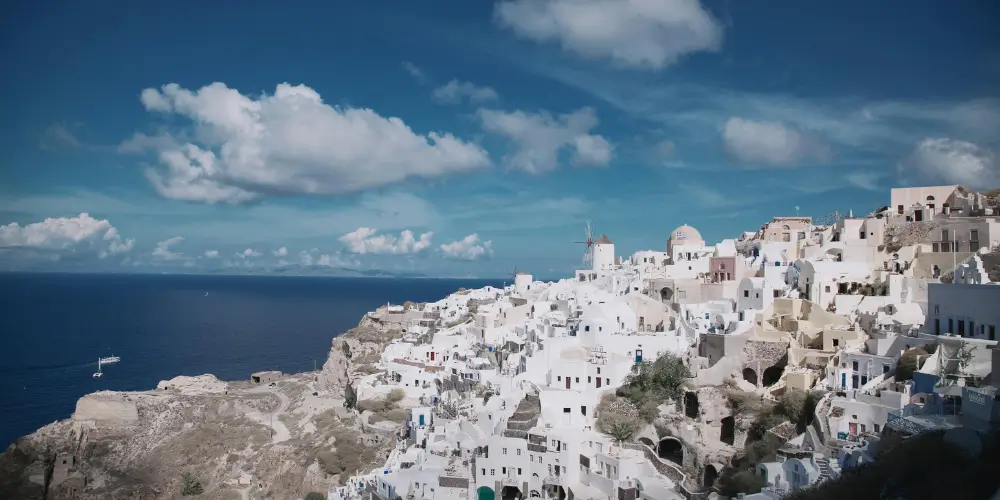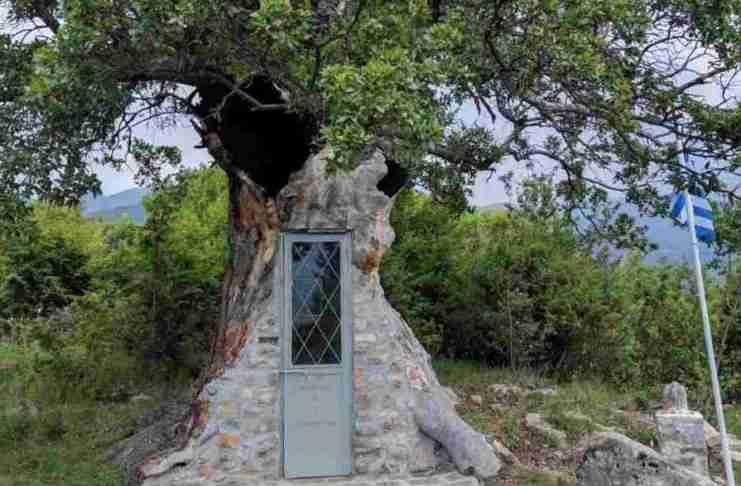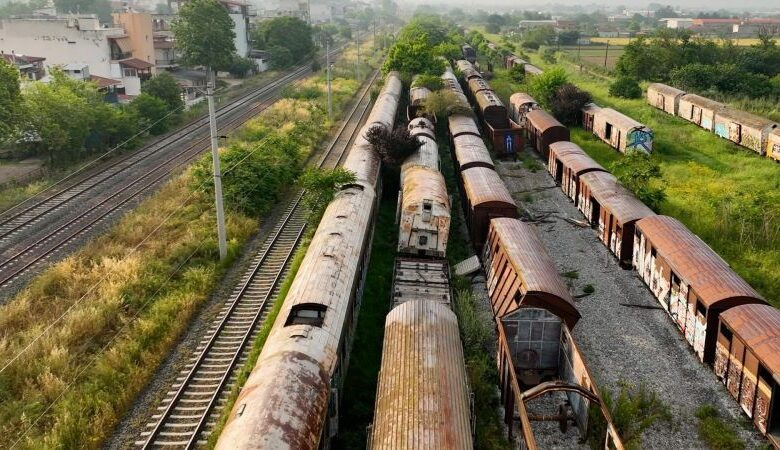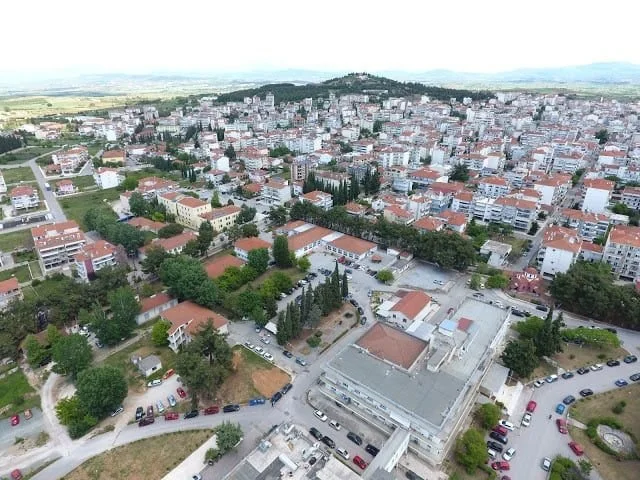Santorini, the breathtaking island of the Cyclades, owes its existence to a series of volcanic eruptions and seismic activities spanning hundreds of thousands of years.
This geological evolution has sculpted the island’s unique topography, which features steep caldera cliffs, vibrant beaches, and a central lagoon.
(Watch the video below)
Early Volcanic Activity
Around two million years ago, the underwater volcanoes to the west of Santorini began drawing in lava, gradually creating the landmass of the island.
Over time, successive volcanic eruptions and lava flows formed overlapping volcanoes, contributing to the island’s expansion.
These early formations laid the foundation for the complex volcanic structure that we observe today.
Formation of the Caldera
The landscape of Santorini has been significantly shaped by at least four major eruptions that formed calderas:
Southern Caldera (180,000 years ago): The largest of these eruptions was the Southern Caldera, which created a large cavity in the southern region of the island.
Skaros Caldera (70,000 years ago): A subsequent eruption led to the formation of the Skaros Caldera, further altering the island’s topography.
Akrotiri Caldera (21,000 years ago): This eruption resulted in the creation of another important caldera, contributing to the island’s present geological features.
Minoan Eruption (3,600 years ago): One of the most powerful eruptions recorded in history, it expelled massive amounts of magma and rock, leading to the collapse of the central part of the island and forming the central caldera.
The Minoan Eruption
Around 1600 BCE, the Minoan eruption dramatically reshaped Santorini. This catastrophic event ejected about 28 to 41 cubic kilometers of material, equivalent to dense rock, burying the island beneath thick layers of pumice and ash.
The eruption caused the collapse of the central part of Santorini, creating the current caldera and significantly altering its topography. This event is even associated with the decline of the Minoan civilization, likely due to the resulting tsunamis and climate changes.
Post-Minoan Volcanic Activity
Volcanic activity continued, with a focus mainly on the Kameni islands within the caldera. Historical records document several eruptions, the most recent of which occurred in 1950. These events contributed to the gradual accumulation of the Kameni islands and affected the geothermal characteristics of the area.












